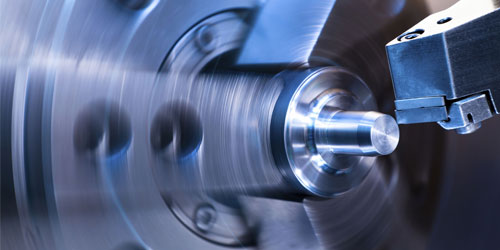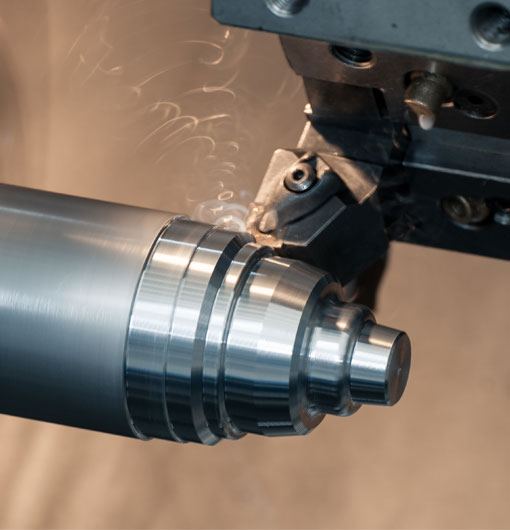In the world of CNC (Computer Numerical Control) machining, turning is an essential process that involves rotating a workpiece around an axis of rotation to create a desired shape. One common technique applied in CNC turning is chamfering, which involves creating a beveled edge at the transition between two surfaces. Chamfering not only enhances the aesthetics of the finished part but also removes sharp edges, increasing the part's safety and function.
This blog post will delve into the important aspects of CNC turning chamfer calculations, looking at different formulas and techniques to help you achieve accurate chamfers for your projects. Let's jump into the fascinating world of CNC turning chamfer calculations!
The Basics of Chamfer Calculations in CNC Turning
Before diving into the formulas and techniques, it's essential to understand the basic concepts behind chamfering and the variables involved. Chamfering in CNC turning typically requires inputting four key variables into the CNC machine:
1. The Chamfer Angle (A): The angle created by the chamfer relative to the workpiece's original surface.
2. The Chamfer Length (L): The distance from the edge of the original surface to the tip of the chamfer.
3. The Tool Diameter (D): The diameter of the chamfering tool being used.
4. The Tool Nose Radius (R): The radius of the cutting tip of the chamfering tool.
Armed with this understanding, you can now explore different formulas and techniques to achieve precise calculations and perfect chamfers.
Technique 1: The Standard Formula
The standard formula is among the simplest and most commonly used methods for calculating chamfers in CNC turning. This formula calculates the chamfer length using the chamfer angle and the tool nose radius:
L = (R \tan(A/2)) / cos (A/2)
By plugging in the known values for the chamfer angle and the tool nose radius, you can easily obtain the required chamfer length. This length can then be used to program the CNC machine for the desired chamfer.
Technique 2: Utilizing Tool Diameter and Tool Paths
Another method for calculating chamfers in CNC turning involves using the chamfering tool diameter and the tool path. This technique can be particularly helpful when working with larger tool diameters. The formula for this technique is as follows:
L = D \sin (A/2)
By entering the diameter of the chamfering tool and the chamfer angle in the formula, you can obtain the required chamfer length. This length, in turn, can be used to program the CNC machine.
Additionally, you can also calculate the tool path by determining the distance the tool has to travel across the workpiece surface to accomplish the required chamfer. Doing so can provide more control over the machining process and help achieve more accurate results.
Technique 3: Trigonometric Relationships and Compound Angles
For more complex chamfers, especially those involving compound angles or curved surfaces, advanced trigonometric relationships can be employed. These calculations require a deep understanding of trigonometry and geometry principles, involving calculations based on the sine, cosine, and tangent ratios.
Such techniques may involve solving equations involving multiple angles, lengths, and radii of both chamfers and workpieces, as well as visualizing the part and tool geometries in three dimensions. These advanced methodologies require a thorough understanding of the subject but can lead to precise and perfect chamfers for even the most challenging CNC turning applications.
Final Thoughts
Mastering CNC turning chamfer calculations can significantly elevate your machining skills, allowing you to create high-quality and accurate chamfers for a wide range of applications. Understanding the basics of chamfering and the key variables involved plays a crucial role in choosing the right formula or technique for your project.
Experimenting with different methods such as the standard formula, utilizing tool diameter and tool paths, or delving into more complex trigonometric relationships can help broaden your horizons and tackle even the most demanding CNC turning projects. Continuously learning and honing your skills will surely pave the way towards CNC turning mastery!
cnc turning chamfer calculation













